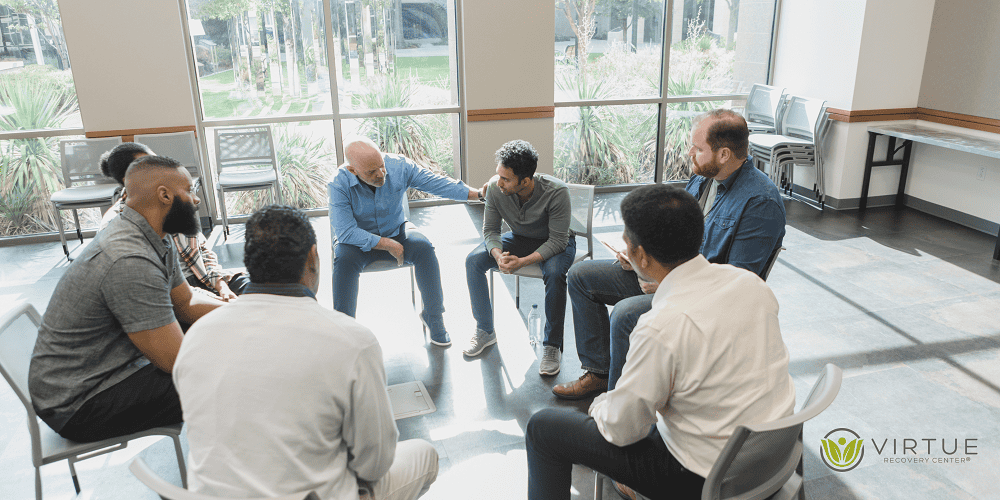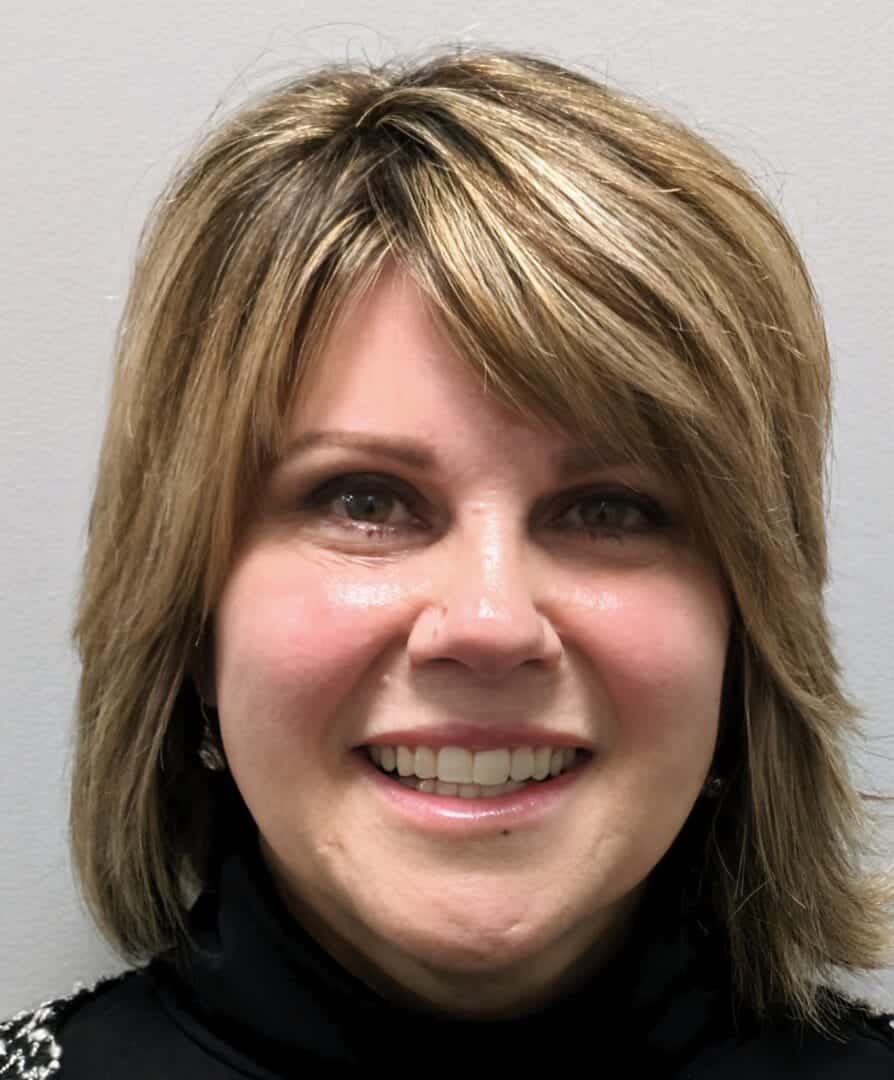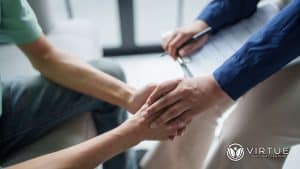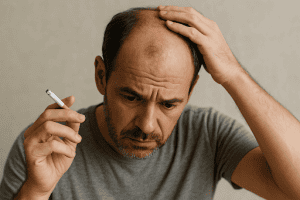Key Takeaways
-
Group therapy fosters connection and empathy, helping reduce the isolation often tied to mental health struggles.
-
Learning coping skills through peers makes the methods more relatable and memorable.
-
Professionally led sessions provide structure, safety, and room for honest growth.
-
Group dynamics encourage accountability and deeper insight into one’s recovery process.
-
Continued engagement in group therapy supports long-term progress, with a corresponding reduction in reliance on crisis interventions.
Introduction
Recovering from mental health challenges or addiction can often feel like a lonely journey, even when we’re surrounded by people. A group therapy treatment program can make a significant difference. It brings individuals together in a shared space where they can relate, learn strategies, and grow stronger together from a place of understanding. This type of therapy isn’t just about comfort; it’s clinically effective. From easing anxiety and depression to supporting people in early recovery, group therapy for substance abuse and mental health stands as a vital method anchored in compassion and collective healing.What Is Group Therapy?
A Shared Space for Healing
Group therapy involves a small group of individuals guided by a licensed therapist. Each person takes turns sharing challenges or progress, and then receives thoughtful feedback in a caring, judgment-free setting. This dynamic fosters trust, empathy, and the reassurance that they’re not alone.Structured Learning in a Community Setting
Group sessions often focus on:-
Cognitive‑behavioral skills to reshape negative thinking
-
Mindfulness and relaxation techniques to ease stress
-
Role-play to practice communication, boundaries, and problem-solving
Why Group Therapy Really Works?
Connection Cancels Isolation
It’s profound when someone says, “That happens to me too.” Feeling understood reduces shame and breaks down emotional walls, two major steps toward healing.Skills That Stick Through Experience
Watching peers use recovery methods successfully demonstrates that these techniques are effective. A tip from someone who’s just overcome a tough urge often feels more real than any textbook advice. For instance, people completing a drug detox program often move into group therapy afterward. Schooling early recovery with peer support helps fortify progress beyond the physical phase.Accountability Without Shame
Members check in weekly, sharing their highs and lows, then receive supportive feedback. This helps maintain engagement and protect against relapse without triggering shame or guilt.Budget-Friendly, High-Impact Care
Group therapy often costs less than individual therapy, but research shows it can be just as effective, especially for common issues like anxiety and mood disorders.When Group Therapy Meets Addiction and Mental Health
Substance use and mental health often intertwine, so integrated treatment makes a big difference. Group therapy for addiction and mental health can be customized to support recovery at every stage. For individuals in alcohol addiction rehab, group sessions provide a safe space to explore:-
Triggers and craving management
-
Relapse prevention tactics
-
Emotional triggers and healthy coping methods
What Happens in a Typical Group Session?
-
Warm Welcome & intention – brief check-ins and a caring atmosphere
-
Focused theme or skill – e.g., stress management, anger control
-
Practice or role-play – handling tough conversations or cravings
-
Reflection & group feedback – empathetic sharing and encouragement
-
Closing thoughts – affirm goals and offer personal support

Modern Enhancements Improving Group Therapy
Telehealth Adds Accessibility
Remote sessions via video tools enable individuals in rural or homebound areas to participate in therapy online. Research shows that telehealth groups maintain the same benefits as in-person settings, with the added advantage of greater reach and flexibility.Trauma-Informed Group Design
These groups emphasize emotional safety, allowing participants to stay in control and avoid re-traumatization, especially useful for survivors of abuse or severe stress.Peer-Led and Recovery-Focused Groups
Adding peer accountability to clinician-led sessions brings lived insight and hope, helping balance professional structure with real-world relatability.What Group Therapy Looks Like in Practice?
Watch a short but powerful video on group dynamics in recovery from Virtue Recovery Chandler. It gives a sense of the caring environment, emotional breakthroughs, and collective support that group therapy can bring.Conclusion
Group therapy is more than just talking; it’s a collective journey toward healing and growth. It blends skill-building, empathy, and professional care to create a powerful recovery environment. For mental health and addiction recovery, group therapy can provide long-term support, deeper resilience, and real connection. If you’re ready to explore this path, know that you’re not alone, and healing together is possible. You don’t have to go through this alone. Contact Virtue Recovery Chandler at 866-338-5779 to learn more about group sessions and how they can support your healing process.FAQs
Who benefits the most from group therapy?
Anyone dealing with stress, anxiety, depression, addiction, or trauma, and especially those seeking a combination of peer and professional support.How many people are in a typical group?
Expect around 6 to 12 members, enough for diversity without losing intimacy.Is confidentiality respected?
Yes. All participants sign agreements to maintain confidentiality and respect the privacy of everyone involved.How long do groups last?
Many programs run for 8–12 weeks, but duration varies by goal, population, and design. You can join short-term or longer-term options.How Does Group Therapy Support Recovery for Those Who Have Misused LSD or MDMA?
Group therapy plays a crucial role in recovery for individuals who have misused LSD or MDMA. By fostering a supportive environment, participants can share experiences and insights, facilitating personal growth. This collective journey often leads to a better grasp of strategies and resources, including understanding partial hospitalization after substance misuse.
Resources & Citations
-
Relapse prevention: An overview of Marlatt’s cognitive-behavioral model (2005) https://pubmed.ncbi.nlm.nih.gov/15764469/
-
Group therapy program offers meaningful gains for people with borderline personality disorder (2008) https://www.nimh.nih.gov/news/science-updates/2008/group-therapy-program-offers-meaningful-gains-for-people-with-borderline-personality-disorder
-
Telepsychiatry and mental health care in the digital age (2016) https://pmc.ncbi.nlm.nih.gov/articles/PMC5047716/
-
Group therapy for substance use disorders: A guide to evidence-based practice (2020) https://www.ncbi.nlm.nih.gov/books/NBK549812/
-
Teletherapy for mental health treatment: What to know (2023) https://www.forbes.com/health/mind/teletherapy-for-mental-health-treatment/








